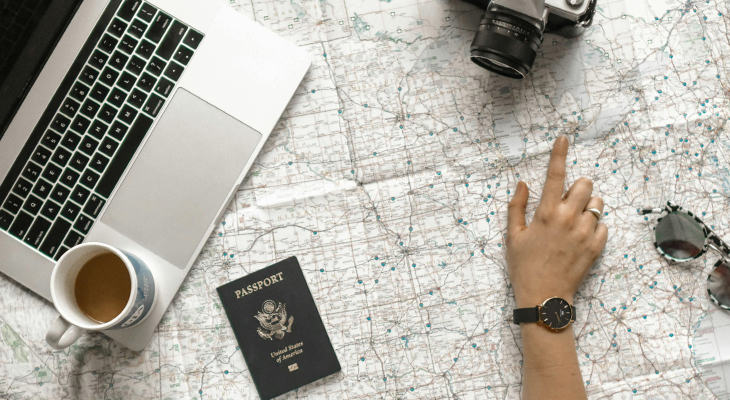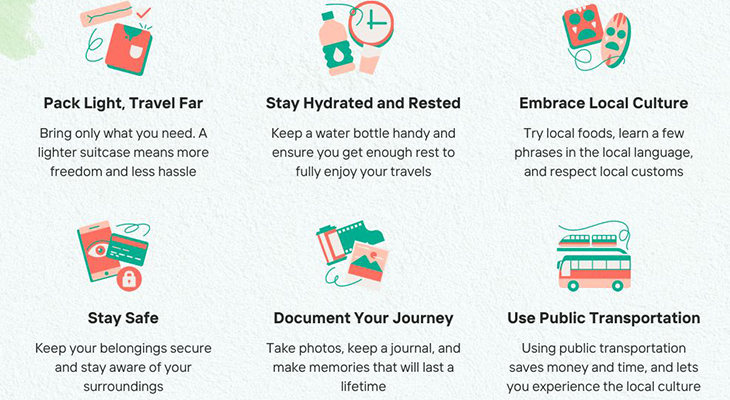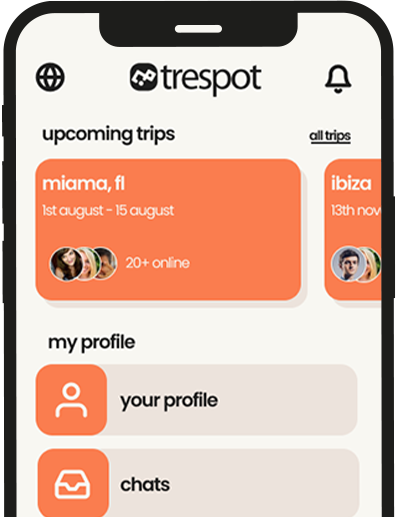Foreign Travel Guide 2025: Plan, Travel, Thrive

Dreaming about that first stamp on a brand‑new passport or your 50th? This foreign travel guide distills the latest 2025 best practices into one practical playbook. From paperwork and packing to sustainable choices and jet‑lag hacks, you’ll learn exactly how to plan smarter, travel safer, and get more out of every mile. Whether you’re a solo adventurer, meetup‑loving networker, or vacation‑bound family, keep this guide handy and hit the road with confidence.
Table of Contents
1. Pre‑Trip Planning Essentials
Choosing the right destination & dates
Start with a clear vision: pick a destination that matches your time frame, interests, and budget. Seasonality matters shoulder months often mean lower crowds and cheaper flights.
Setting a realistic travel budget
Set a trip budget by tallying flights, lodging, insurance, daily meals, attractions, and a 10 % buffer. Travel blogger Shannon O’Donnell suggests calculating a daily allowance that keeps you honest on the road.
Unique insight: Treat planning like a subscription model save a fixed amount monthly, then “bill” your travel fund first, the same way you would Netflix or Spotify. This psychological trick turns saving into an automated habit.
2. Documentation & Legal Requirements
Passport, visas & entry rules
Renew your passport at least 12 months before expiration; many countries require 6 months’ validity beyond your return date. Research visa or e‑TA requirements on official embassy websites.
Copies, notarization & digital backups
Scan your passport, visa pages, vax certificates, and travel insurance card; store them in an encrypted cloud folder and leave paper copies with a trusted contact. Related keyword: documents needed for foreign travel
3. Health, Safety & Insurance
Vaccinations, prescriptions & STEP enrollment
Check country‑specific vaccine advisories (e.g., yellow‑fever zones). Register trips in the Smart Traveler Enrollment Program (STEP) for free embassy alerts.
Travel medical & trip‑cancel insurance
Standard health plans rarely cover you overseas. A 2025 survey by VisitorsCoverage shows medical evacuation bills can exceed $50,000 so buy a plan that includes emergency medical + evacuation. Related keyword: best travel insurance for international trips
Unique insight: Bundle coverage with a credit‑card policy only if it explicitly lists pandemic‑related trip interruption; fine print varies widely.
4. Budget, Money & Payments Abroad
Currency exchange & fee‑free cards
Carry a mix of cards and cash. Use fee‑free ATM cards (e.g., Wise, Revolut) to dodge 3‑5 % foreign transaction fees. Exchange small starter sums before departure; withdraw local currency on arrival for the best rate.
Managing costs on the road
Travelers who swapped airport kiosks for ATMs saved an average 8 % on exchange fees in 2024 (Intrepid Travel poll). Related keyword: how to exchange currency abroad
5. Connectivity & On‑The‑Ground Navigation
eSIMs, roaming & offline maps
Global eSIMs now beat plastic SIMs in 80+ countries. Download an eSIM before takeoff so data kicks in on landing. Pair it with offline Google Maps and an app like Rome2Rio for real‑time transit links.
Local transport & ride‑share tips
In high‑speed hubs (Lisbon, Seoul), coworking day passes start at ~US $15 perfect for remote‑work vacations. Related keyword: global eSIM for travelers
Pro tip: Star your accommodation on Google Maps and WhatsApp the pinned location to yourself handy when language barriers strike.
6. Cultural Etiquette, Sustainability & Responsible Travel
Respectful behavior & tipping norms
Research tipping customs rounding up is fine in France, but 15 % is standard in the USA. Dress codes: cover shoulders in Thai temples; shoes off in Japanese ryokan.
Low‑impact choices & carbon offsets
2025 sees airlines offering bookable Sustainable Aviation Fuel (SAF) add‑ons; opt‑in to shave ~10 % of your flight’s carbon footprint. Choose locally owned stays and reuse towels to cut water waste.
Unique insight: Try “destination dupes” places like Tbilisi over Prague for fewer crowds and lower emissions. Related keywords: eco friendly travel practices, destination dupes 2025

Quick Takeaways
- Plan early budget, visas and vaccines can’t wait.
- Duplicate documents: digital + paper = peace of mind.
- Health first: insurance + STEP alerts protect you.
- Money smart: fee‑free cards & ATMs beat kiosks.
- Stay connected: preload an eSIM and offline maps.
- Travel responsibly: SAF add‑ons & local buys help.
- Beat jet lag: timed light exposure + smart naps.
Conclusion
Global travel in 2025 is more accessible, data‑driven, and sustainable than ever. By following this comprehensive foreign travel guide from paperwork prep to cultural insight you’ll navigate borders smoothly, protect your health and wallet, and leave lighter footprints along the way. Ready to take the leap? Pack your curiosity, embrace local connections, and let each journey reshape your worldview. Safe travels and see you out there!
Frequently Asked Questions
What documents are mandatory for first‑time foreign travelers?
A valid passport (6+ months left), required visas/eTAs, proof of onward travel, and travel insurance certificate.
How early should I arrive for an international flight?
TSA recommends at least 3 hours pre‑departure for overseas flights.
How can I avoid hefty roaming fees abroad?
Activate a global eSIM for travelers before departure or buy a local SIM on arrival.
Is travel insurance worth it for short trips?
Yes emergency medical evacuation can cost over $50 k; many plans cost less than US $5/day.
Best way to cope with jet lag?
Gradually shift sleep times, control light exposure, and consider melatonin per expert advice.
Share Your Tips!
Have a travel trick we missed or a question we didn’t cover? Comment below and share this guide with a fellow explorer. What’s your must‑do ritual the night before an international flight?


